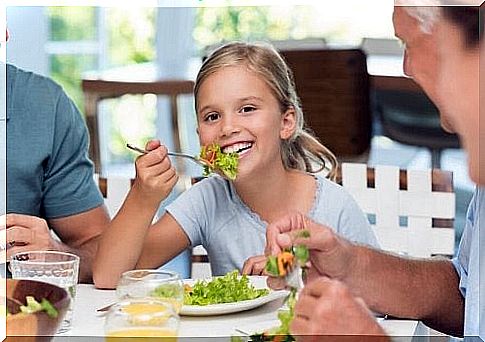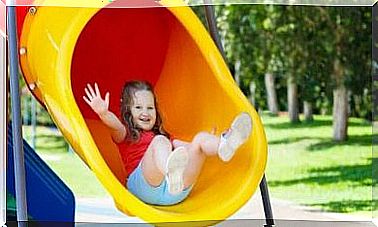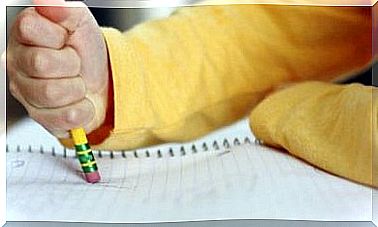The Importance Of Teaching Children To Behave Well At The Table – Being Parents

Teaching children to behave well at the table is one of the first and constant tasks of parents. By the restless and playful nature of the little ones, mealtime represents for them a moment of diversion and joy in their own way.
However, when children are no longer paying attention to the act of eating and start to distract themselves or to argue with siblings, sitting down at the table can quickly become a complex task for parents. We would like to give you some tips for teaching your child respect and good behavior when sitting at the table.
Why teach children to behave well at the table
For centuries, the level of education and character of a person has been judged by their table manners. The act of eating has always represented a time of respect and reverence for all civilizations in the world. It even touched the margins of the religious and the sacred.
To this day, sitting down to eat as a family and saying thank you for food is one of the acts that help define a functional family. That being said, the rationale behind good table manners is clear to everyone. Children, on the other hand, reflect this good behavior at home and when eating out or with guests.

What does a child who has good table manners define?
Undoubtedly, the standards that must apply at table and during social events are multiple. Many of us misunderstand, or simply sidestep, such exacting standards as how exactly to hold a glass, how cutlery should be placed with each bite during breaks or after eating. Likewise, what are the exact cutlery for special dishes.
Although we are not butlers, there are universal behaviors that will make the child show his good education and respect.
A child with good table manners is defined as one who is quiet. He eats calmly, asks for something, or politely asks for what he needs. He doesn’t play with the food or the cutlery and says thank you when served.
If your child cannot remember all the norms for behaving well at the table because of his young age, smiling, asking for permission, forgiveness and always being calm will mean that he has already come a long way by the time. be courteous.
What should the child know about courtesy?
From the age of 4, children can begin to learn the basic standards of table courtesy. We are going to show you a few that reflect the easiest steps for children to perform and remember.
- Wash hands before eating. This action is important for the child to stay healthy.
- Offer help to parents to set the table. Or wait calmly for a call to eat.
- Once seated at the table, the child must wait for parents and guests to start eating before they can start.
- Ask for the food, saying please and thank you.
- We must not put our elbows at the table.

- When chewing food, you should close your mouth and chew slowly.
- The towel should be used frequently.
- You shouldn’t make noise while drinking your soup.
- The child must not play with the cutlery. He must only use them to eat. Once the meal is finished, he must place them parallel to his plate.
- At the end of the meal, the child should not leave the table if the adults have not done so, or without asking permission.
- Finally, when leaving the table, we must thank for the food and offer to help clear the table.
Finally, remember that at mealtime, the true character of the child. If he’s rude, cranky, or frequently resorts to fits to get parents to satisfy his whims, having learned good table manners won’t help.
It is therefore fundamental that the correction of your child’s behavior is constant and on all levels.









